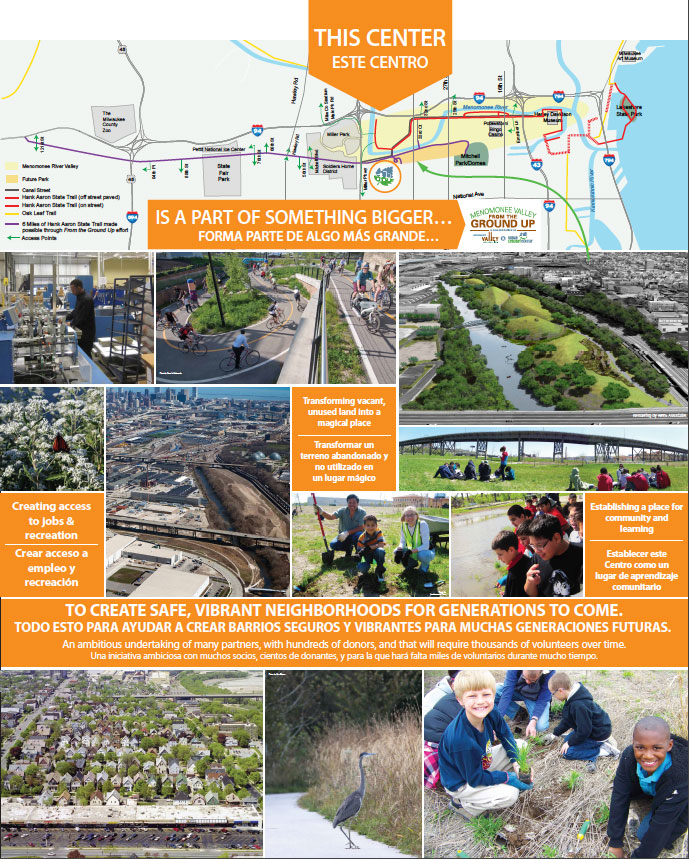Lines in the Mind, Not in the World by Donella Meadows
The earth was formed whole and continuous in the universe, without lines.
The human mind arose in the universe needing lines, boundaries, distinctions. Here and not there. This and not that. Mine and not yours.
That is sea and this is land, the mind thinks, and here is the line between them. See? It’s very clear on the map.
But, as the linguists […]

